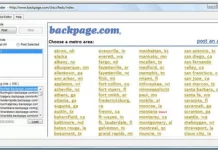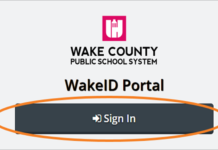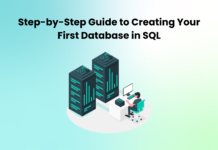Businesses that send a huge number of emails on a regular basis often find themselves battling imposters. Spammers attempt to use a company’s logo as well as its good reputation to send illegitimate emails to customers and subscribers. This causes a lack of trust between the company and its clientele.
One of the more innovative solutions to this problem involves the use of a DMARC record. The abbreviation dmarc stands for Domain-based Message Authentication, Reporting, & Conformance. This technology allows businesses to track the success or failure of email messaging by having the receiver use specified documentation to determine the legitimacy of the data.
An Overload Of Emails
Receivers such as email servers and Internet providers often have a difficult time separating authentic emails from fraudulent ones. This is because the emails themselves do not always contain information that verifies the sender. Because of this, messages that are valid often get marked as spam. At the same time, fake emails slip through and become part of the validation process, meaning that future spamming becomes even easier.
The DMARC technology overcomes this problem by allowing businesses to attach special coding onto every email prior to delivery to the receiving entity. This code includes information about the company that a spammer would not know. So long as the emails are sent using a system that utilizes either SPF or DKIM mechanisms, attaching validation code within the data is relatively easy. The receiver uses the instructions given by the sender to determine whether to forward the email to the addressee or reject it.
The Record Keeping Process
The dmarc program is set up to give senders an ongoing record of which emails are sent to the addressee and which ones fail because they do not meet authentication requirements. The sender can adjust the requirements based on recent history. Every batch of emails carries information about the company including DNS verification, URL and domain registration, and aliases used by the domain manager.
If some of the emails sent by the receiver to addressees get marked as spam, the statistics are viewable by the sender. A daily report is sent from each participating email provider. These reports clearly show which message batches are being authenticated by the provider and which ones are flagged as spam.
After testing the program for a while and analyzing the results, businesses can adjust their requirements accordingly so that fewer and fewer fake emails reach the intended addressees. This significantly reduces the chance that a client, account holder, or member will receive phishing emails that are intended to extract personal or financial information from the addressee. A simple but effective process, DMARC record analysis can eliminate a sizable expenditure from a company’s budget that of course being the money spent in an attempt to thwart spammers and keep trust high between merchant and consumer.
Author Bio:-
The author of this article is in the relevant industry for more than two decades. He knows the nuances of online marketing & SEO Services and email protection very well. His article on DMARC e-mail security has earned great name and fame for her.

































